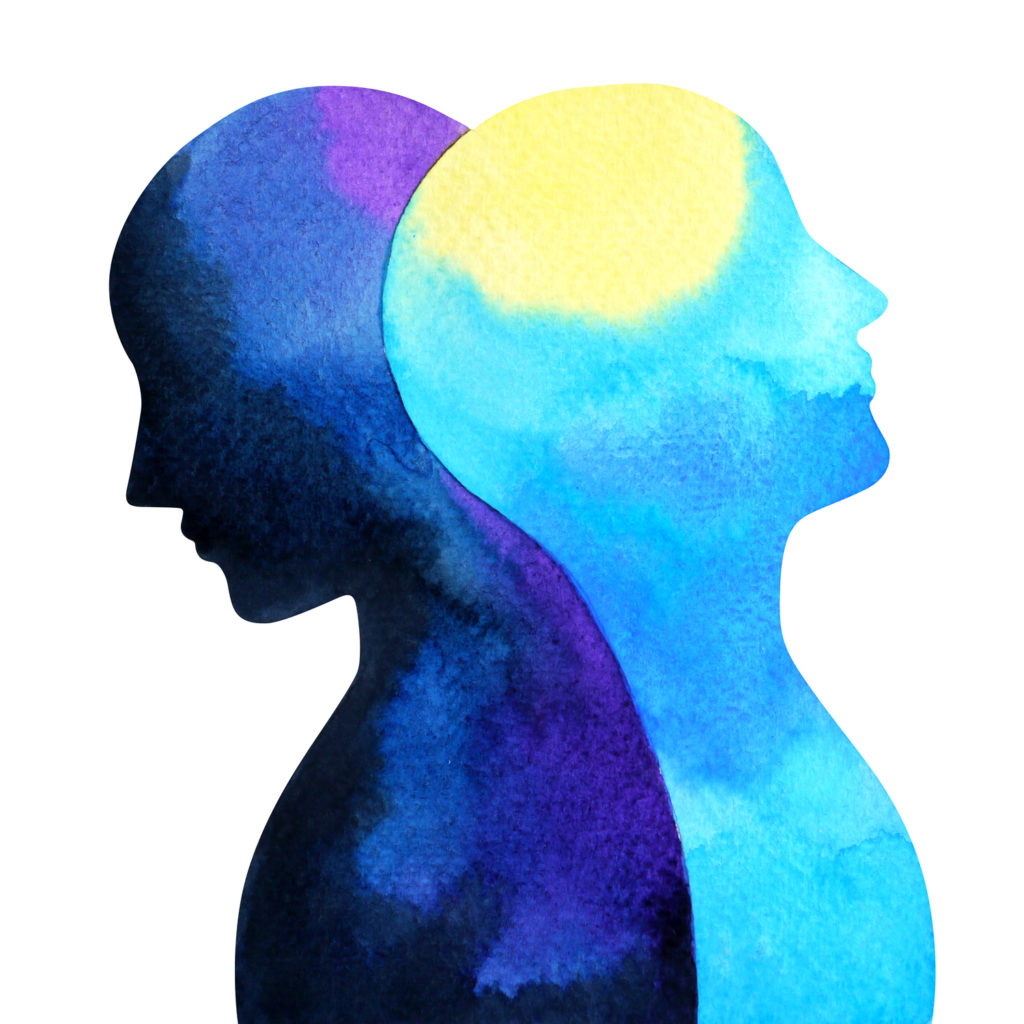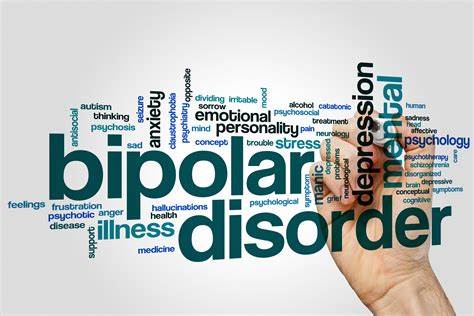
Bipolar disorder is a mental illness characterized by far-reaching changes in mood and energy levels.
Genetics is not the direct reason for the disease, but research suggests it has a big part in it.
Read the following article to know more about Bipolar disorder and its causes, symptoms, and treatment.
Causes of the Disorder
Extreme mood changes are a side effect of bipolar disorder. The changes may affect a person’s energy, mood, behavior, and ability to act.
The exact cause of the Bipolar disorder is unclear. Research suggests that genetic and environmental factors may contribute to it.
Apart from genetics, other environmental, lifestyle and brain-related factors may have influence like:
- Brain Injury and Construction
- Head injuries
- Problems or changes in brain activity
- Inflammation
- Changes in cortisol levels

Environmental Factors
- Stressful or traumatic events
- Lack of exercise or physical activity
- Hormonal changes
- Substance use
- Childhood experiences
- Social relationships
Signs and symptoms of Bipolar disorder are marked by mood swings that include craze, hypomania, and sadness. Likewise, a mixed state can appear when a person has both manic and depressed symptoms in a short period.
Quick-cycling symptoms can also happen during four or more shifts. Different mood states appear in 12 months.
In a manic episode, a person may experience:
- Extremely high mood
- Puffy sense of self
- Superb thoughts
- Excessive energy and racing thoughts
- low need for sleep
- Excessive talking or pressured speech
- Spending, alcohol/drug use, and sex acts are examples of impulsive or risky behavior that can have negative effects.
Major depressive symptoms are similar to those of feelings. However, the symptoms are usually less severe and less troubling.
A person may have the following symptoms during a depressed episode:
- Loneliness and rejection are two common depression symptoms.
- Low mood for a long time (sadness, hopelessness, etc.)
- Appetite changes
- Sleeping patterns have changed.
- In regular tasks, there is a lack of joy or happiness.
- Suicide or death thoughts
Types
There are many types of bipolar disorder, such as Bipolar I, Bipolar II, and cyclothymic disorder.
Diagnosis
So Bipolar disorder can hit at any time. It usually begins in a person’s early to mid-20s.
It can be hard to diagnose because symptoms might imitate other mental disorders.
When deciding if a patient has Bipolar disorder or not, medical specialists usually look at the following tests:
- A complete medical background
- A complete mental health check-up.
- Medical testing helps rule out physical health issues.
Methods for Managing and Treating the Illness
Mood swings may have a big result on a person’s quality of life and productivity, greatly if they don’t treat them.
shortly, bipolar disorder has no treatment. medication can help handle the symptoms. So, Medication, therapy, or a mix of the two are usually used for treating bipolar disorder.
Medication
The following are some of the medications used to treat Bipolar disorder:
- Mood stabilizers, Antipsychotics also Antidepressants
Therapy
- Mental behavior therapy helps you understand how your thoughts, feelings, and behaviors are connected.
- Family-focused therapy focuses on improving communication, problem-solving skills, self-care, and management of family members.
- The growth and support of routines to regulate the sleep-wake cycle and cope with stressful experiences are highlighted in personal and group rhythm therapy.
- finally, Mindfulness-based interventions teach being present in the moment.







